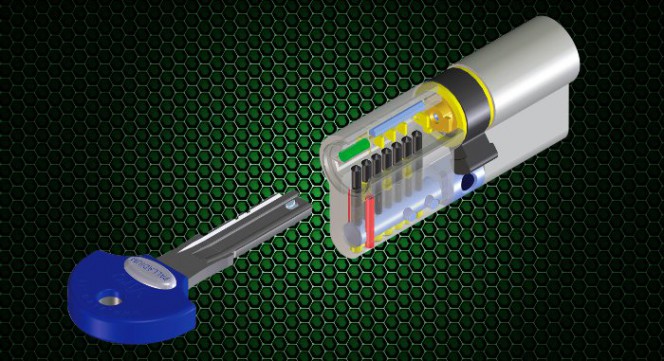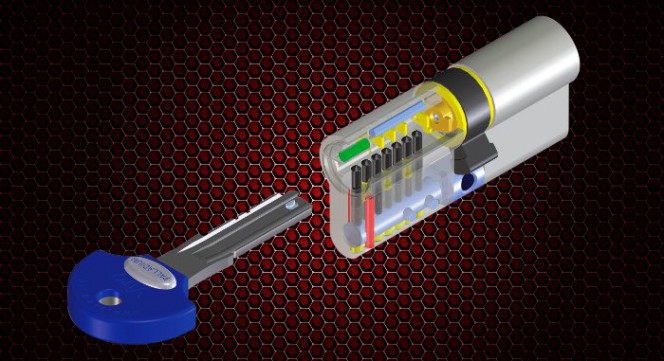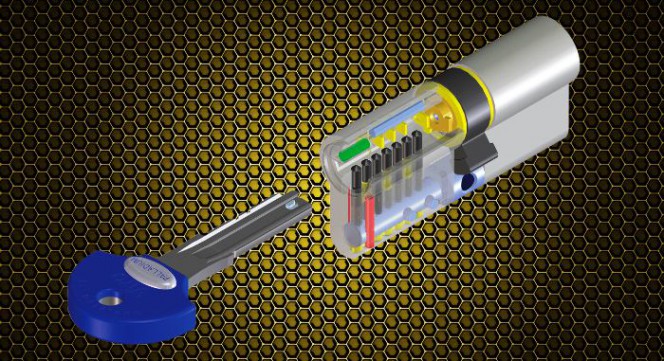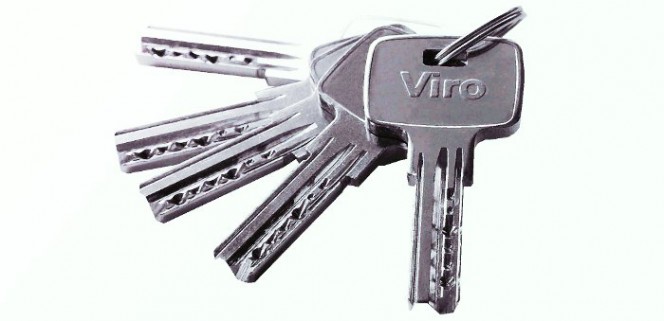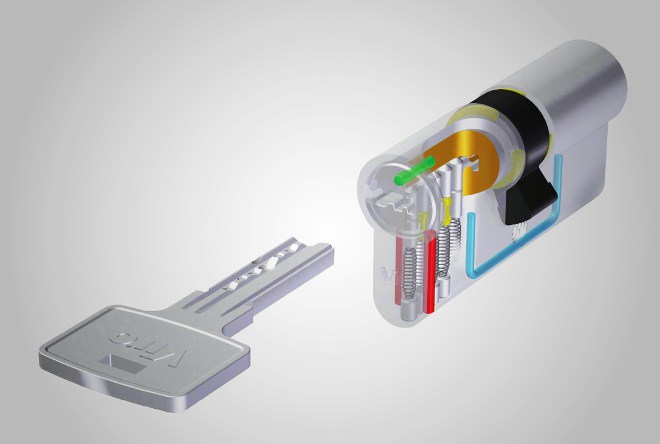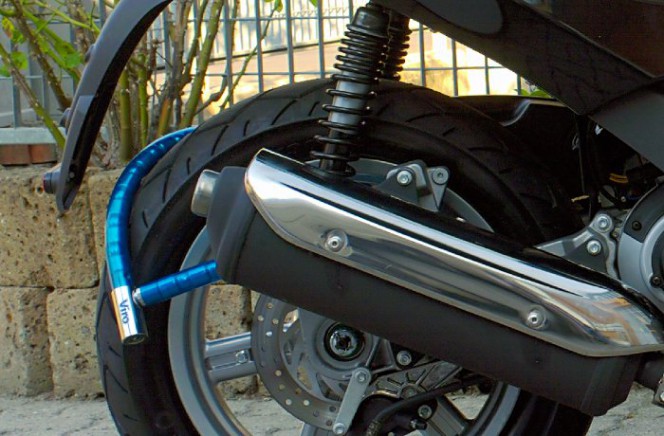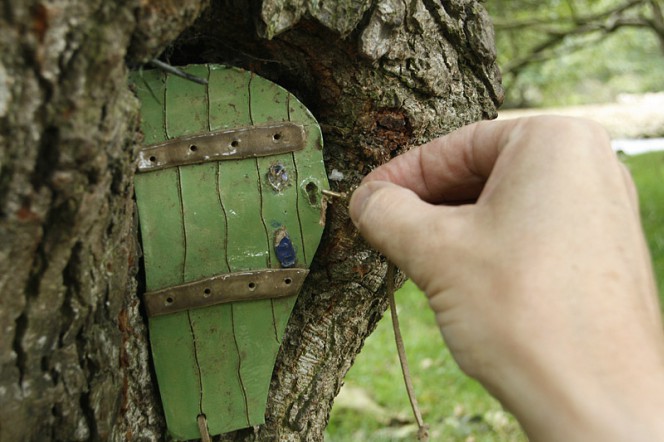In this fourth and penultimate article of the series dedicated to the characteristics which distinguish high security European profile cylinders we will conclude the analysis of the measures which obstruct opening with dexterity, focusing on systems which can deal with an increasingly widespread and insidious technique: key bumping. Continue reading
